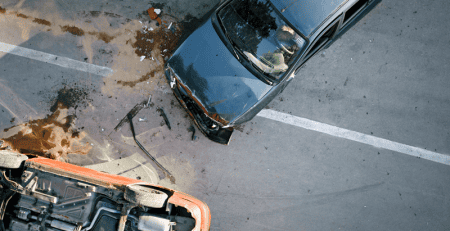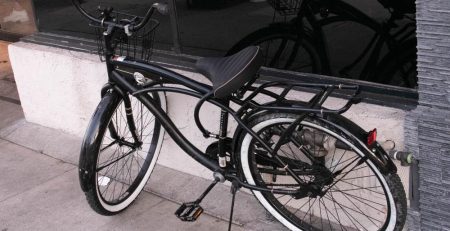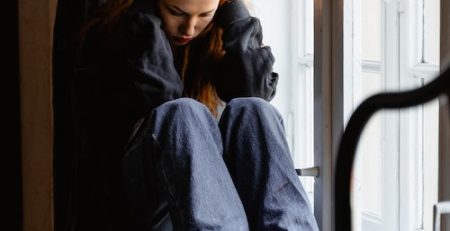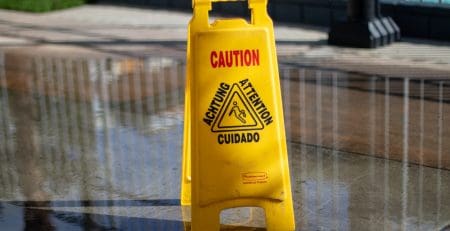What to Do if You’ve Been Injured in a Bicycle Accident in Tampa
Cycling is an increasingly popular way to navigate Tampa, whether you’re commuting to work, exercising, or enjoying scenic rides along Bayshore Boulevard or the Tampa Riverwalk. But despite the city’s growing cycling culture, bicycle accidents still happen, and when they do, the steps you take immediately after can make all the difference in your recovery and your legal options.
Here are the key steps you should follow if you are injured in a bicycle accident.
Seek Medical Attention Immediately
The first and most urgent step after a bicycle accident is to protect your health. Even if you feel like you only have minor scrapes, adrenaline can mask serious injuries. Concussions, internal bleeding, and fractures are not always obvious at the scene. Paramedics should be called right away if you or anyone else appears seriously hurt. If emergency services do not arrive on their own, insist on being evaluated at the scene and follow up at an emergency room or urgent care center.
In Florida, medical care is also tied directly to your insurance rights. Personal Injury Protection (PIP) coverage, which is required under Florida law, only pays benefits if you seek treatment within 14 days of the accident. If you delay, you risk losing access to coverage for medical bills and lost wages.
While you wait for help, make sure the scene is safe. Move yourself and your bike out of traffic if possible to avoid further harm. Many Tampa accidents occur on busy streets like Kennedy Boulevard or Dale Mabry Highway, where secondary crashes are a risk. Always prioritize scene safety before anything else.
Call the Police
Even if the driver who hit you insists on “working it out privately,” you should always call the police to the scene of a bicycle crash. A police report creates an official record of the incident, which can be essential later when dealing with insurance companies or pursuing a claim for driver negligence.
When the police arrive, give them a clear, accurate statement of what happened. Be sure to mention if the driver appeared distracted, ran a red light, or failed to yield. These details matter because driver negligence is the foundation of most personal injury claims.
The report will also record the driver’s insurance information and contact details, something you might struggle to collect on your own if you are injured or shaken up. Make sure to request the police report number before leaving the scene so you can follow up later.
Document the Incident
While the police report is crucial, your own documentation adds valuable detail. Use your phone to take photos and videos of:
- The accident scene, including road conditions, traffic signals, and weather.
- The vehicles involved, especially the car that hit you, with license plates visible.
- Your bicycle, helmet, and any damaged gear.
- Visible injuries such as cuts, bruises, or swelling.
If there are witnesses nearby, other cyclists, pedestrians, or shop owners, ask for their contact information. Their testimony may later support your version of events.
In Tampa, popular cycling routes like Bayshore Boulevard, Davis Islands, and the bike lanes along North Boulevard often see heavy car and pedestrian traffic. Make a note of any missing signage, poorly lit intersections, or construction hazards in these areas, as roadway conditions may also play a role in your case.
Finally, write down everything you remember while it’s fresh in your mind. Include details about the driver’s behavior, the time of day, and what you were doing before the collision. These notes will help your attorney later reconstruct the events.
Notify Your Insurance Company
Many cyclists do not realize that their own auto insurance can come into play after a bicycle accident. In Florida, PIP coverage from your auto policy may help pay medical bills and lost wages, even if you weren’t driving at the time. If the driver who struck you has Bodily Injury (BI) liability coverage, you may also be able to recover compensation through their insurance.
Unfortunately, Florida does not require drivers to carry BI coverage, which leaves many cyclists vulnerable. In such cases, your own Uninsured/Underinsured Motorist (UM) coverage becomes critical. UM coverage is designed for exactly these situations, when the at-fault driver doesn’t have enough insurance to cover your damages.
Report the accident to your insurance company as soon as possible, but be cautious about giving recorded statements without legal guidance. Insurance adjusters may try to minimize your injuries or shift blame onto you. Stick to the facts: where the crash occurred, who was involved, and that you are receiving medical care.
Contact a Bicycle Accident Lawyer in Tampa
After seeking medical attention and reporting the incident, your next step should be consulting an experienced Tampa bicycle accident lawyer. Florida’s insurance laws are complex, and the path to compensation often involves multiple policies: PIP, BI, and UM. A skilled attorney will identify which coverage applies to your situation and fight to maximize your recovery.
A lawyer can also help prove driver negligence. For example, if the driver was texting, speeding, or ignoring Tampa’s bike lanes, this evidence can strengthen your case. Attorneys often work with accident reconstruction experts and review surveillance footage from nearby businesses or traffic cameras.
Local knowledge matters, too. A Tampa-based attorney understands the city’s infrastructure, from the congested downtown streets to the bike lanes in Seminole Heights or Hyde Park. They know the common accident hotspots and how to argue that poor road design or lack of signage contributed to your injuries.
Most importantly, a lawyer will protect you from insurance tactics designed to undervalue your claim. They will handle negotiations, file lawsuits if necessary, and ensure your rights are respected throughout the process.
Tampa Bike Safety and Visibility Checklist
While accidents are not always preventable, practicing good Tampa bike safety can reduce risks. Always:
- Wear a properly fitted helmet.
- Use front and rear lights, especially if riding at dawn, dusk, or night.
- Wear bright or reflective clothing to increase visibility.
- Check your brakes, tires, and gears before heading out.
- Ride defensively, assume drivers may not see you.
These measures won’t stop a negligent driver, but they can make you more visible and protect you from severe injuries if a crash occurs. Tampa’s warm climate and year-round cycling conditions make safety gear all the more important.
Call Fulgencio Law Today
If you or a loved one sustained injuries in a Tampa bicycle accident, don’t wait to get legal help. Our skilled team at Fulgencio Law understands the challenges cyclists face in Tampa and is here to fight for the compensation you deserve.
Call us today at (813) 463-0123 for a free consultation with our experienced Tampa personal injury lawyer.









